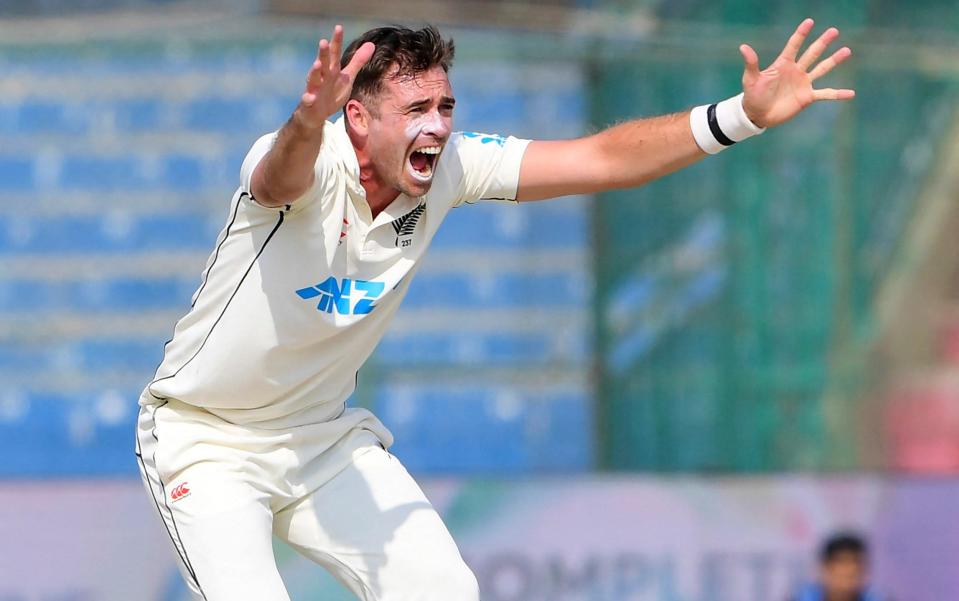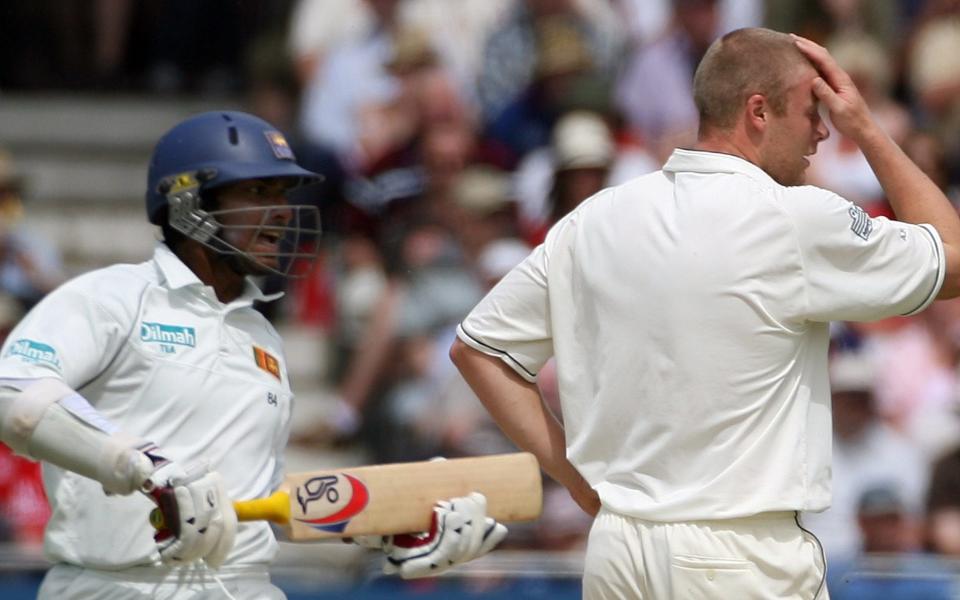
When Tim Southee walks out to toss at Tauranga on Thursday, it will be an apt way for England to begin their Test year. For England’s 2023 will be defined by how they fare against teams led by bowler-captains: first, Southee’s New Zealand; then, Pat Cummins’s Australia.
Both are pioneers. Before Southee, only one specialist fast bowler had served as New Zealand’s permanent captain; before Cummins, Australia had had none. Southee and Cummins are a breed rarely spotted in Test match history. Eighteen men have captained in 50 Test matches; the list comprises 17 batsmen and, in MS Dhoni, a lone keeper.
Perhaps the genesis of why bowlers have so seldom captained teams in Tests lies in cricket’s roots. The divide between Gentlemen and Players was, essentially, the divide between amateur batsmen and the professional bowlers who did the grunt work. As amateurs were the ruling class, it naturally followed that they should lead, too. An English captain “rarely seeks advice from his men,” said the umpire Jim Phillips, who stood in 15 Ashes Tests during the 1890s. If a consultation be held it is invariably confined to the amateurs and the batsmen, not the professionals and the bowlers.” From 1887–1952, all England’s captains were amateurs. With occasional exceptions – like Gubby Allen, a pace-bowling all-rounder who was such a part of the establishment that he had his own private gate at Lord’s – these tended to be batsmen.
Yet while the amateur-professional divide was abolished in 1962, the custom that batsmen should lead remained. Forty-four men have captained England since World War Two. Only one, Bob Willis, could be considered a specialist bowler. He led in 18 Tests from 1982–84; England have not entrusted the role to a pace bowler since.

What did Willis do to put England off the idea? It is not immediately clear. England’s results – winning seven Tests and losing five – were good by the standards of the era. And Willis’s bowling defied any fears that his primary skill would suffer with the extra burden of leadership: as skipper, he took 77 wickets at 21.6 apiece. Yet in England and beyond, the orthodox view that fast bowlers should be considered captains “only as a last resort,” as Mike Brearley wrote in The Art of Captaincy, remained.
“It’s so difficult to captain the side as a fast bowler,” Brearley told Telegraph Sport in 2021. “The challenge is that, on the one hand, you have to approach your own bowling with aggression and single-mindedness. And on the other you have to be able to step back and be dispassionate.”
The eternal balancing act facing bowlers as captain is how much should they bowl themselves? Some English examples, of all-rounder-captains, have shown a tendency to either underbowl or overbowl themselves. Ray Illingworth bowled notably less when captaining England than when a player. In the second innings at Lord’s in 2006, when Sri Lanka were fighting to save the match, Andrew Flintoff bowled 51 overs; many believe that he was never the same bowler again. But, as Jofra Archer’s experiences the last time England toured New Zealand in a Test series attest, bowlers can be misused regardless of who is captain.
The concern about pace bowlers’ workloads has been married to another worry: their susceptibility to injury. But since he was appointed captain, Cummins has only missed one of Australia’s 14 Tests and that was for being a close contact of someone with Covid. In the age of sports science extending careers, and national central contracts protecting workloads, the logic of overlooking bowlers on account of their perceived unreliable availability has weakened.

While there can be real disadvantages to bowlers leading, these obscure the significant potential benefits. Bowlers spend their lifetimes thinking about how to get batsmen out, so it is hardly a leap to extend this thinking from the self to the wider team. When New Zealand appointed Southee in December, head coach Gary Stead said that, as a bowler, he would bring a “slightly different” perspective. It was an interesting reframing of the view that bowler-captains will be too absorbed in their primary task on the field and lack an element of detachment.
If a captain is the team’s best bowler themselves, then a sense of how their bowling can be deployed at the most beneficial times might be another advantage, too. Cummins, averages 21.6 with the ball when not captain. That falls to 20.8 as captain. This is in keeping with the wider trend: of the 10 bowlers or all-rounders to captain in at least 25 Tests, seven have better bowling averages when captaining.
In Test history, Pakistan have been the most open-minded nation to fast bowler captains. Imran Khan – an all-rounder, but an all-time great based on his pace bowling alone – led Pakistan in 48 Tests. Based on his win-loss record, Imran is statistically Pakistan’s most successful captain of all time. Two of Imran’s proteges, Wasim Akram and Waqar Younis, also captained Pakistan in Test cricket. All three both won more Tests than they lost as skipper and had a lower bowling average when captain. “A good cricket captain must understand bowling,” Imran wrote before assuming an even more prominent leadership position as Prime Minister of Pakistan.
Two men who will play against Southee might be entitled to wonder how they would have fared had they ever been given the Test captaincy. James Anderson and Stuart Broad are two members of Test cricket’s 150-cap club. Of this rarefied group of 10, only they have not captained in a single Test. They have neither lacked physical robustness, nor tactical dexterity – only leadership opportunities.
“I am all for bowlers being captain,” Anderson said in 2017. His career has spanned nine different captains and yet, like Broad, he has never been seriously considered for the job himself. “I don’t know why more fast bowlers aren’t given the opportunity to do it. I think they would do a good job and are suited to it.”
Little wonder then, that, when Southee was appointed captain, Anderson sent him a congratulatory text.
Article courtesy of
Source link